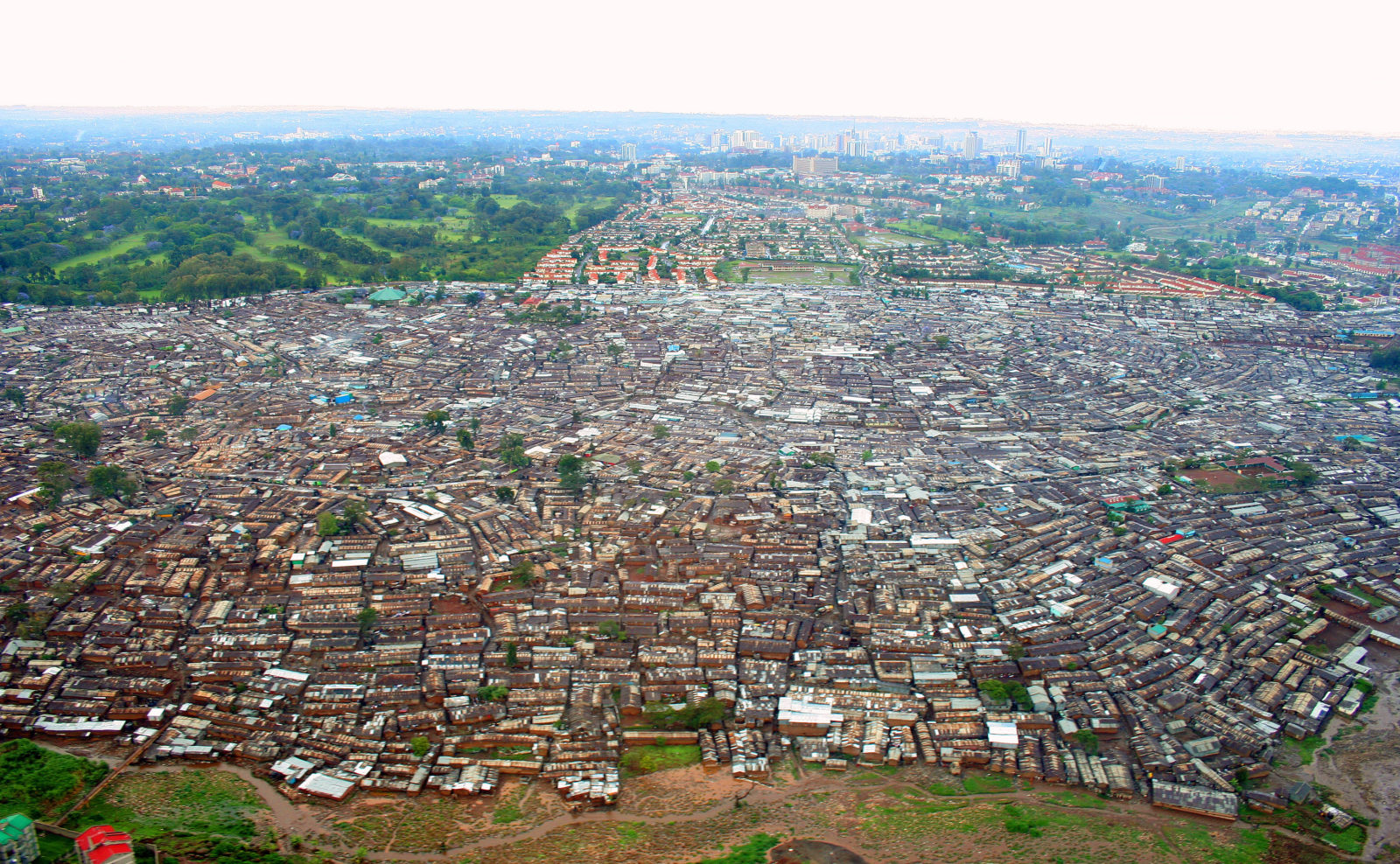There are approximately 2.5 million slum dwellers in about 200 “settlements” in the Nairobi area, representing 60% of the Nairobi population, but occupying only 6% of the land. The Kibera Slum houses almost 1 million of these people: Kibera is a field and valley (not quite as large as Central Park) jammed with tin huts, 8 people per hut, with urine and feces running in ruts of the rambling walking paths. There are no streets, street lighting, police or medical facilities and the walking paths are filled with trash, garbage and human waste. Kibera is the biggest slum in the African Continent. Some numbers bore you; these paint a grim picture:
- Kibera is one of the most densely populated places on the planet;
- Life expectancy in Kibera is 30 years of age, compared to 50 years of age in the remainder of Kenya, compared to 67.2 years of age in the world, and compared to 78.7 years of age in the United States. [United Nations: Life Expectancy, 2005 to 2010]
- Half of all Kiberians are under the age of 15.
- One out of five children do not live to see their 5th birthdays.
- There is no clean, running water in Kibera shacks. The people purchase water from private vendors, paying two to ten times what is paid by a Nairobi resident outside the slum.
- Kibera’s 1 million residents share 600 toilets; a single toilet serves 1,300 people.
- Violence is rampant in Kibera: women are routinely beaten, raped, or sold into prostitution; men and women are denied police protection, medical care, education, economic or political power.
- 66% of girls in Kibera routinely trade sex for food by the age of 16, and many begin at age 6; young women in Kibera contact HIV at a rate 5 times that of their male counterparts.
- Only 41 percent of boys and 32 percent of girls know that condoms are effective in preventing HIV transmission ; and only 8% of girls in Kibera have the chance to go to school.
- Kibera’s children sniff a glue-like hallucinogenic solvent to reduce hunger pangs.
“Changing these things could change everything.”
– The New York Times Magazine.
